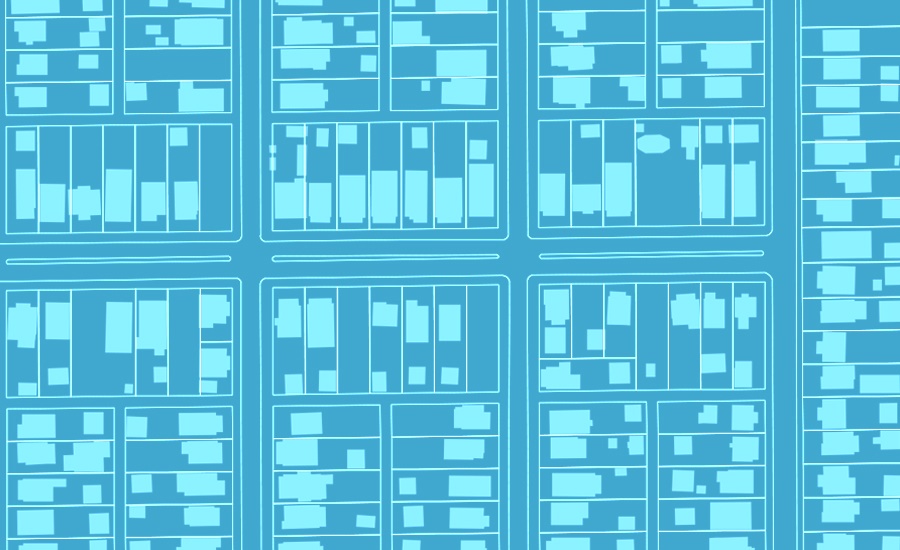The discourse regarding resilient design is evolving. It has been a year since the U.S. Green Building Council (USGBC) adopted three LEED pilot credits on resilient design and I am excited to see the discussion expand from coastal urban centers and geographical locations on the front-line of climatic extremes to populations with more nuanced threats emanating from shifting climate.
For example, the City of Indianapolis' Office of Sustainability recently hosted INvision Resiliency - Indianapolis’ first-ever Climathon event. It functioned as a 24-hour problem-solving workshop, similar to a Civic Hack, which challenged teams of participants to create a toolkit that could help Indianapolis' underserved neighborhoods prepare for a changing climate. I was very honored to be one of the few architects involved with the 50-participant event featuring an impressive diversity of professional backgrounds.
Broken-up into six different teams, what we collectively discovered was more than flash floods, an overtaxed CSO infrastructure, or tornadoes, the highest priority challenges for the long-term resilience of underserved communities in Indianapolis are food deserts, access to education, and jobs with livable wages.
Moreover, these communities have been shown to benefit from engagement with block leaders who understand how to build caring community economies through inclusive exchanges of time and talents. Also, over time the neighborhood housing stock needs to be improved to provide passive survivability - i.e., the ability to maintain critical life-support conditions in the event of extended loss of power, heating fuel, or water - during blizzard and severe heat wave events.
The event reaffirmed to me that the concept of resilient design begins and ends with resilient communities. The formula should be different for Indianapolis than it is for, say, Boston or New Orleans because the strategies need to be a direct response to the needs required to strengthen a city's neighborhood fabric. Yet, the ultimate goal is the same: community cohesion and vitality in face of environmental, economic, and social challenges. In a substantive way, the concept of resilient communities expands the very definition of sustainability.
INvision Resiliency was an inspiring event and I hope more Midwestern cities take similar strides to explore what resiliency means to their communities. I know several already have (e.g., St. Louis, Pittsburgh, and Louisville) and others are in the works.


Recent Comments
These are actually very helpful tips. It is...
This is the most beneficial blog for all...
This blog is a great resource for anyone...
Thank you for sharing this important information. I...
This is a very interesting subject of the...